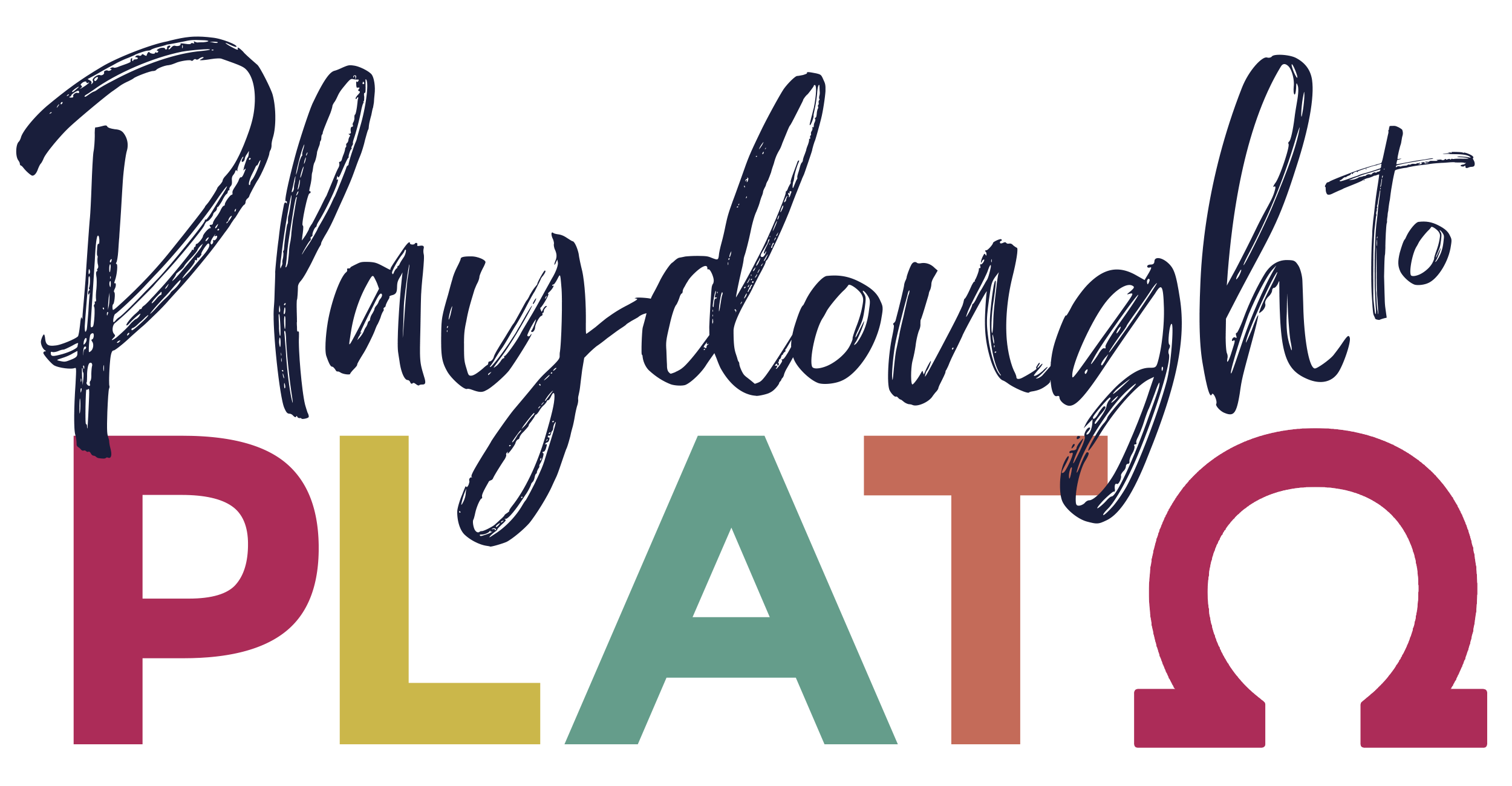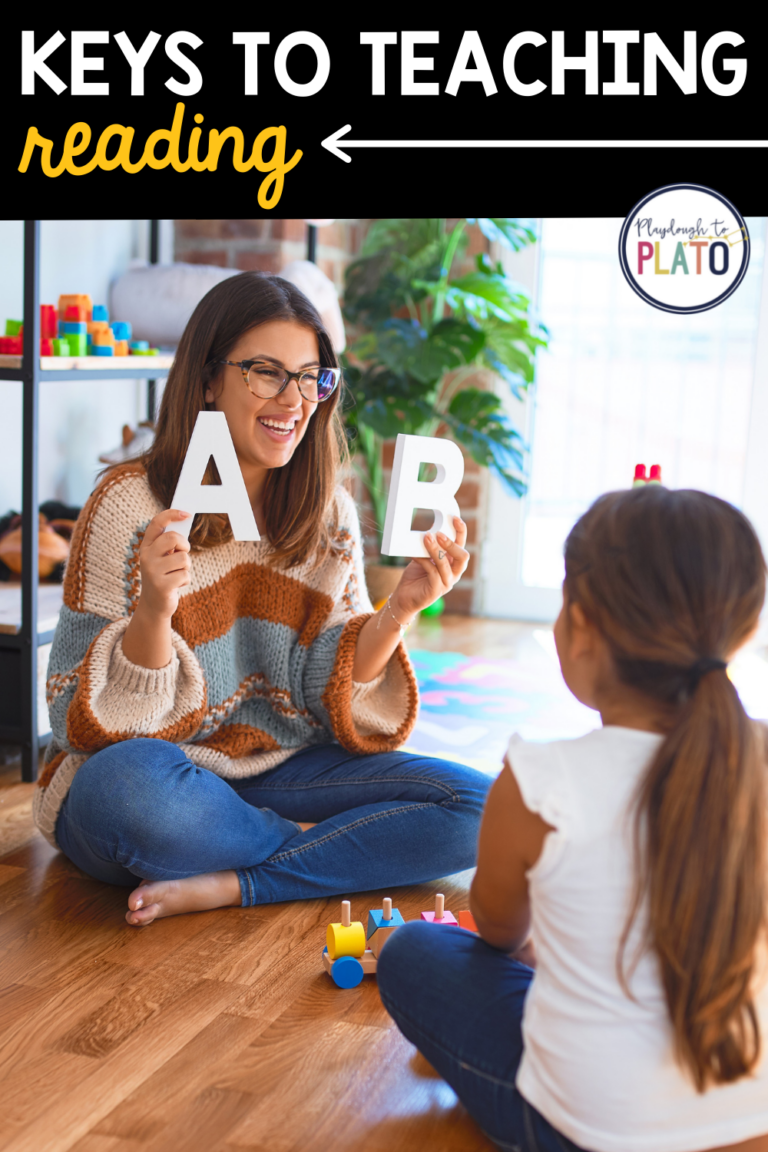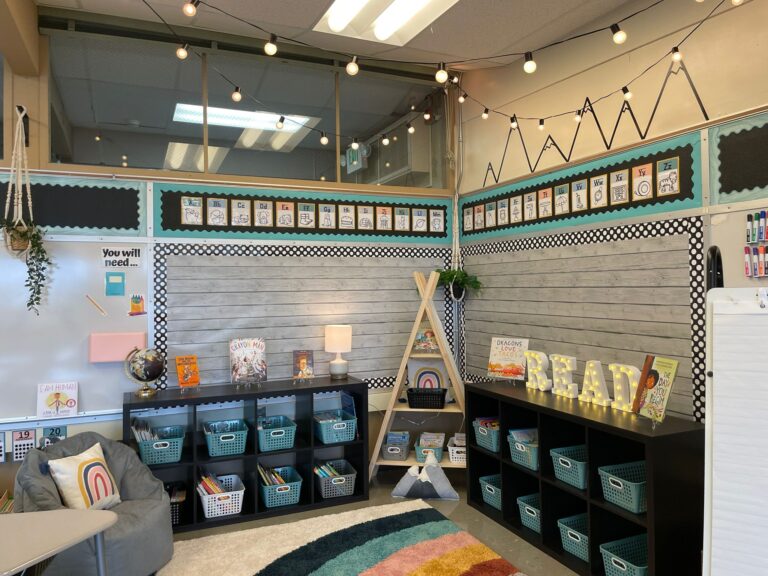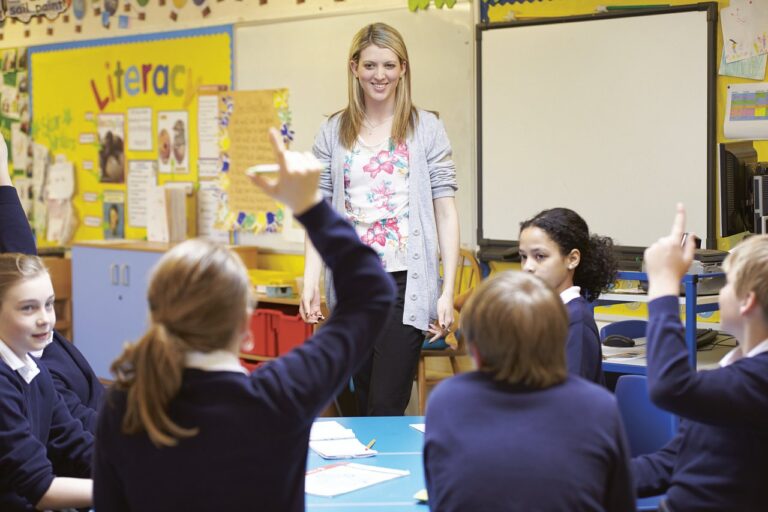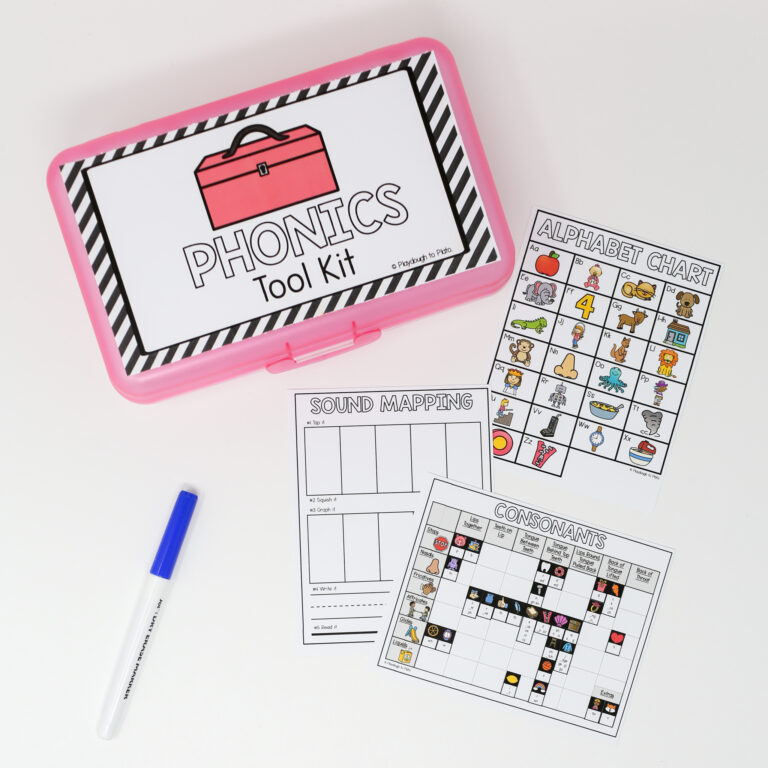[et_pb_section fb_built=”1″ _builder_version=”4.14.2″ _module_preset=”default” global_colors_info=”{}” theme_builder_area=”post_content”][et_pb_row _builder_version=”4.14.2″ _module_preset=”default” global_colors_info=”{}” theme_builder_area=”post_content”][et_pb_column type=”4_4″ _builder_version=”4.14.2″ _module_preset=”default” global_colors_info=”{}” theme_builder_area=”post_content”][et_pb_text _builder_version=”4.14.2″ _module_preset=”default” hover_enabled=”0″ global_colors_info=”{}” theme_builder_area=”post_content” sticky_enabled=”0″]
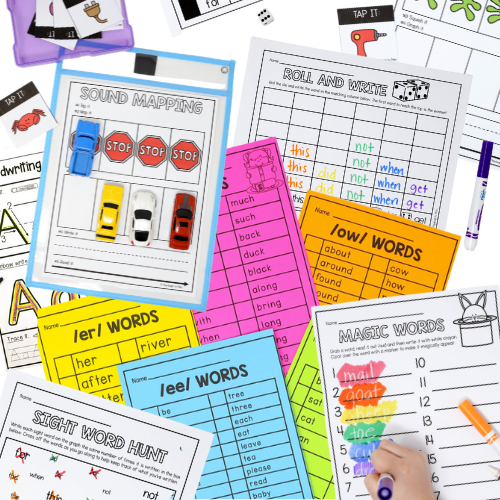
“Best” is often a subjective term. A better phrase might be “What are the best teaching tools for my kid(s)? Since we all learn in different ways, what works the best for one might not be as effective with another. That’s why it’s imperative to try different approaches to see which activities and styles result in the most engagement and retention with your particular group of kids.
For some, the best teaching tool may be active learning that requires being out of a chair to help illustrate a concept. For others, drawing and writing may be what’s needed to introduce and reinforce an idea. And for others, adding music or a chant may be the magical factor that helps everything click.
Once you have the key, you can find resources that teach in this way, and if you’re working with multiple kids then they can be grouped according to learning style. At the very least, you can employ different methods throughout the day so everyone has a chance to learn the way they do best.
That’s why having a multitude of resources available to you is so critical. For example, at Playdough to Plato, you’ll find resources for every concept related to reading, and different ways to present them. And once you find one your kids respond well to, there are slight changes and enhancements suggested using the same basic structure so kids have the benefit of something familiar they like paired with a new version that keeps them engaged.
Not only will this save you time, the resources have been thoroughly tested in real world classrooms, and enhancements are continuously being made based on feedback from educators and parents.
In the end, the thing that makes a tool the “best” is the one that a kid perceives as fun and that makes learning happen organically. Mastering concepts in this way also builds self esteem, and that then makes them even more willing to tackle the next concept.
[/et_pb_text][/et_pb_column][/et_pb_row][/et_pb_section]


